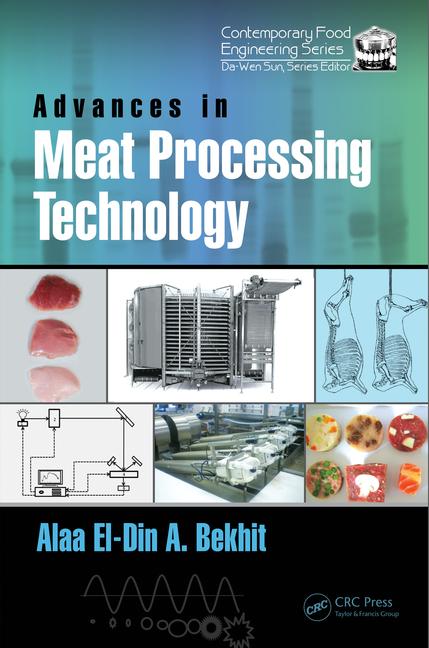Prime Cuts
Shaking up senior dining
Millennials are not the only segment of the consumer population that is shaking up dining trends.
When food trends are discussed, they are often brought up in the context of restaurant trends or retail trends. When consumers are discussed, talk often turns to the Millennials who are shaking up the food world with their expanded palates and increased food expectations.
Focusing on those specific areas leaves out other large demographics and areas where meat processors can grow their businesses. For example, the institutional market is changing just as rapidly as the foodservice or retail markets, and companies that can jump into the market to fill those needs can discover a lucrative new niche.
Take the senior living market. The perception — and misconception — is that the food at retirement communities and similar facilities has to be bland and boring. The reality, in fact, is that the consumers who are entering this level of housing expect just as much variety as consumer market in general — and the communities are adjusting their menus as a result.
“Menus in senior living communities are looking much more like restaurant menus, because modern seniors are aging Baby Boomers with expectations of high-quality restaurant experiences. Even if the vast majority of Baby Boomers are not yet ready for a senior community for themselves, they are evaluating communities for their parents or loved ones based on their dining outlook,” says Sharon Olson, executive director of Culinary Visions Panel.
The modern senior is a demanding consumer, resistant to the notion of senior living communities, which they view as not in line with their cravings for independence and fresh opportunities.
“What the new senior wants to see from a prospective senior living community is restaurant-quality food and foodservice that is fresh across the board: fresh produce, fresh meat and poultry, and fresh menu options rather than a monotonous cycle of menus,” Olson explains.
The vast majority of seniors are not vegetarian or vegan, so there is a home for protein on the senior living plate, though it may be a smaller portion than is expected in other markets. Chicken was the top-cited meat for lunch and dinner preferences, and also the top mentioned food for dinner overall. Olson says that health-conscious “new” seniors will favor lean sources of protein.
One of the most important components of healthy eating to “new” seniors wasn’t low sodium or low sugar as might be expected, but eating “real” food that is less processed with no artificial ingredients.
“This presents a major opportunity for meat companies to work with senior and retirement communities in meeting the value expectations of foodservice professionals and the desires of residents,” she adds.
Looking for a reprint of this article?
From high-res PDFs to custom plaques, order your copy today!









